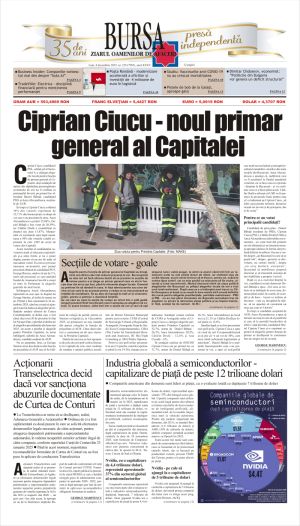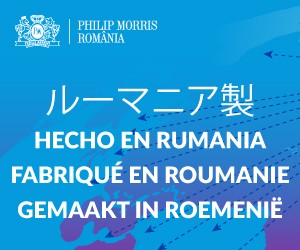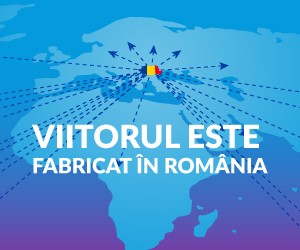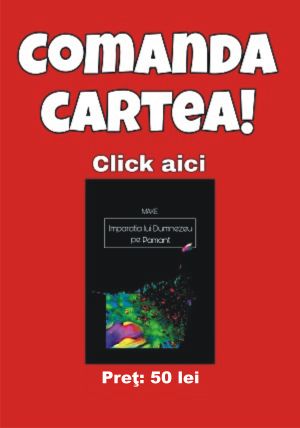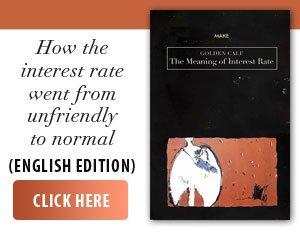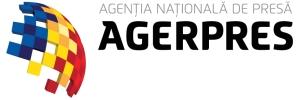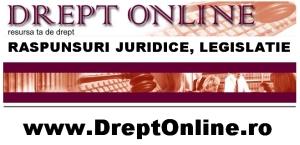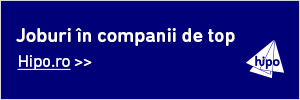Over 50,000 middle and high school students participated in media literacy courses in the 2024-2025 school year, as part of the largest national program of its kind, run by the Center for Independent Journalism (CJI). Students learned to recognize fake news, distinguish between facts and opinions, and develop critical thinking in an increasingly complex and dangerous digital age. The project, launched in 2017, has already achieved a remarkable impact: almost 300,000 students and over 1,000 teachers from 462 schools have been trained to date, becoming factors of resilience in the face of disinformation and manipulation.
• What students learn: from news to algorithms
The courses taught by CJI-trained teachers focus on: identifying key elements of a news story, analyzing media messages, recognizing fake news
and evaluating online sources of information. "Media education develops students' critical thinking, which is so necessary in the era of algorithms and artificial intelligence, and also contributes to increasing trust in the media," said Cristina Lupu, CJI's executive director. A recent study by the Reuters Institute (Digital News Report 2025) confirms that young people who have participated in media education courses tend to have more confidence in quality journalism.
• Students become trainers for other students
An innovative component of the program is the direct involvement of students in the training of their colleagues. In 2025, 150 students from pedagogical high schools participated in digital media education workshops in cities such as Buzău, Constanţa, Deva, Odorheiu Secuiesc or Timişoara. 20 of them became trainers in turn, holding workshops for another 450 students, in an exercise of educational leadership and civic involvement. The media education program carried out by the CJI is part of a broader strategic approach to protecting democracy through education.




















